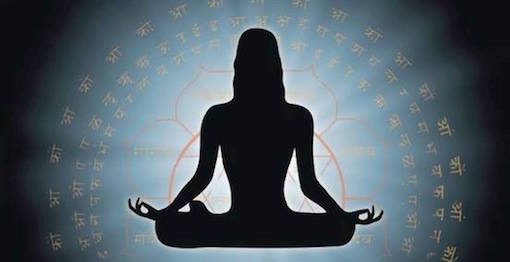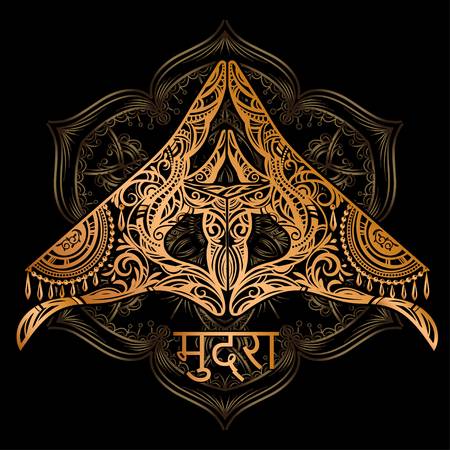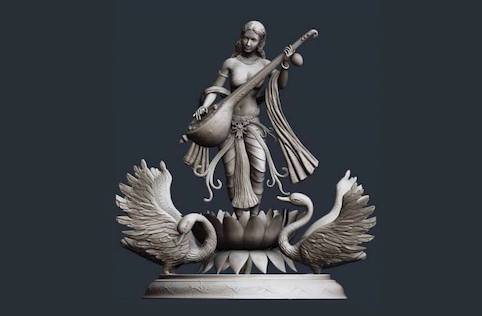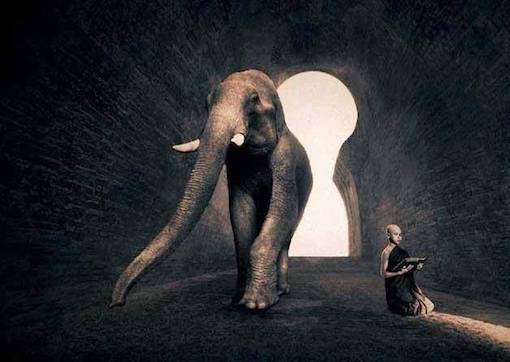‘C’ is the first letter of ‘cycle’ its the first letter of ‘circle’ and its appearance gives one the impression of a circle and according to some the inherent nature of this letter ‘C’ as seen within ‘cakra’ as seen within ‘chandra’ is related to circular motion.
‘Ca’ is a root from Sanskrit which has been described as that which accomplishes ( a ) circular motion ( c ) its meaning being to ‘move to and fro’ and another being the ‘Moon’ no doubt due to its circular or cyclical motion.
‘Ca’ as in that which accomplishes ( a ) circular motion ( c ) expands as ‘car’ as in to move ( ar ) all around ( c ) its meaning being to ‘stir’ to ‘wander’ to ‘travel’ to ‘turn’ to ‘stroll’ and this becomes ‘cara’ meaning ‘spy’ it becomes ‘caraka’ meaning ‘wanderer’ and it becomes ‘carin’ meaning ‘moving’.
‘Ca’ becomes ‘catur’ a word from Sanskrit meaning ‘four’ an uncertain etymology however it possesses ‘Ca’ hence we can assume that the meaning of catur expresses a cyclical and circular nature, the obvious example being the four yugas.
‘Ca’ has a tendency to become ‘qua’ a word from Latin, hence ‘catur’ meaning ‘four’ becomes ‘quarter’ meaning ‘four’ and from this numerous words appear such as ‘quarter’ ‘quadrangle’ ‘quadruple’ ‘square’ ‘squad’ ‘quartet’ ‘quadrant’ ‘quarantine’ ect.
Catur is also the source of the word ‘four’ as it corrupts into the European ‘Kwetwar’ and becomes the Germanic ‘fedwar’ the Gothic ‘fidwar’ the Old Frissian ‘fiuwer’ the Danish ‘fire’ the Swedish ‘fyra’ the Old Norse ‘fjorir’ the Old English ‘feower’ and the English ‘four’.
‘Ca’ whose meaning is ‘circular motion’ becomes ‘cakra’ which is described as to perform ( kra ) a circular motion ( ca ) and whose meaning is ‘wheel’ ‘circle’ and ‘mystical circle’ which refers to the various energy points which are aligned throughout the spinal column.
The Europeans say that the source of the word ‘cakra’ is the Indo/european ‘kwel’ which is quite funny when we understand how Sanskrit words are formed and also the depth of meaning of the word ‘cakra’ and its place within the ancient Vedic culture.
Cakra whose meaning is ‘circle’ and ‘wheel’ becomes ‘caxra’ a word from Avesta meaning ‘chariot’ ‘wagon’ which becomes the Greek ‘kykleo’ meaning to ‘surround’ to ‘encircle’ and ‘kyklos’ meaning ‘wheel’ ‘circle’ and this then becomes the Latin ‘cycle’ ‘circle’ ‘circus’ and ‘circulate’.
As the root ‘Ca’ becomes ‘cakra’ it also becomes Candra, the Moon, which performs a ‘circular’ and ‘cyclical’ motion. The ‘can’ in ‘candra’ becomes the ‘ken’ in the Greek ‘kentron’ meaning ‘centre’ which is the middle point of a ‘circle’ and this then becomes the Latin ‘centre’.
Ca’ becomes ‘caks’ which has been described as a motion ( k ) which connects ( s ) all around ( ca ) its meaning is to ‘become visible’ to ‘appear’ to ‘see’ to ‘look’ and this then becomes ‘caksu’ which means the ‘eye’ and that which ‘pivots’ all around, the ‘Ca’ again expressing a circular motion.
‘Ca’ becomes ‘cal’ which is very much the same as ‘car’ the ‘R’ and ‘L’ being quite similar and we find ‘cal’ has been described as to move ( al ) in a circle ( c ) and its meaning is to ‘stir’ to ‘move about’ to ‘move all around’.
‘Cal’ which means to ‘move all around’ is the source of ‘telos’ a word from Greece meaning ‘aim’ ‘purpose’ ‘goal’ and ‘cal’ also becomes ‘celer’ a word from Latin meaning ‘swift’ ‘quick’ ‘rapid’ and this produces the word ‘accelerate’.
‘Ci’ is a root which is similar to the root ‘Ca’ being described as to move around ( c ) with continuity ( i ) as in to ‘seek’ to ‘observe’ and this becomes ‘cit’ which means to ‘perceive’ to be ‘conscious’ to ‘comprehend’ and ‘cint’ meaning to ‘reflect’ to ‘think’ and ‘cinta’ meaning ‘anxiety’ ‘thought’.
‘Cyu’ has been described as to move ( y ) around ( c ) with force ( u ) as in to ‘move to and fro’ to ‘stir’ to ‘shake about’ and this becomes ‘cyuta’ meaning ‘fallen’ and ‘acyuta’ meaning ‘not fallen’ ‘permanent’ and ‘imperishable’.
The Sanskrit root ‘Ac’ has been described as that which starts ( a ) a curved motion ( c ) and defined as to ‘make round’ to ‘make curved’ and this then becomes ‘anc’ meaning to ‘bend’ to ‘curve’ and ‘ancala’ the ‘curved border of a garment’.
As we observe the evidence I think we can safely conclude that the nature of the letter ‘C’ is to express a ‘circular’ and ‘cyclical’ motion as the roots ‘Ca’ ‘Ci’ ‘Ac’ ‘Cu’ ‘Cy’ all express this nature and words such as ‘cakra’ and ‘candra’ seem to very much represent this.




